Search Images
Browse Content (p. 161)
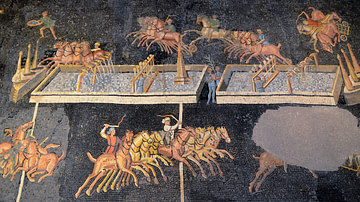
Image
Circus Mosaic from Lugdunum
The restored Circus Mosaic from Lugdunum (modern Lyon, France), 2nd century CE. It vividly depicts a chariot race with eight chariots competing, two from each faction. The four teams, known by the colours worn by the charioteers (blue, green...

Image
Circus of Maxentius, Spina
The Circus of Maxentius is the best-preserved Roman circus in Rome and is second only in size to the Circus Maximus. It lies outside the city, between the second and third milestones along the Appian Way (Via Appia). This circus was part...

Image
Circus of Maxentius, Towers and Starting Gates
The Circus of Maxentius is the best-preserved Roman circus in Rome and is second only in size to the Circus Maximus. It lies outside the city, between the second and third milestones along the Appian Way (Via Appia). This circus was part...
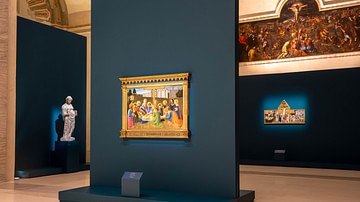
Image
Pre-Raphaelites: Modern Renaissance Exhibition
Pre-Raphaelites: Modern Renaissance, exhibition installation view, photo by Emanuele Rambaldi.
San Domenico Museum, Forlì, Italy.
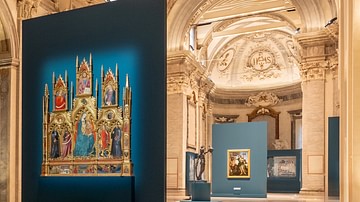
Image
Pre-Raphaelites: Modern Renaissance in Forlì
Pre-Raphaelites: Modern Renaissance, exhibition installation view, photo by Emanuele Rambaldi.
San Domenico Museum, Forlì, Italy.

Image
Exhibition Installation in the San Domenico Museum
Pre-Raphaelites: Modern Renaissance, exhibition installation view, photo by Emanuele Rambaldi.
San Domenico Museum, Forlì, Italy.
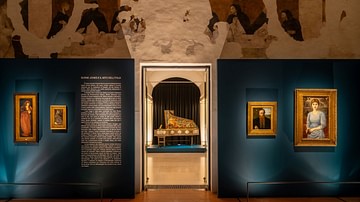
Image
Pre-Raphaelites Exhibition
Pre-Raphaelites: Modern Renaissance, exhibition installation view, photo by Emanuele Rambaldi.
San Domenico Museum, Forlì, Italy.
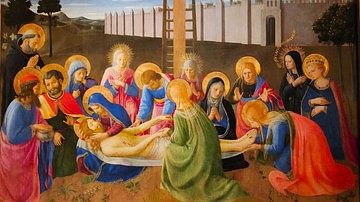
Image
Lamentation over the Dead Christ by Beato Angelico
Lamentation over the Dead Christ, tempera on panel by Beato Angelico, 1436-1441.
Museo di San Marco, Florence.

Image
Madonna di Piazza by Andrea del Verrocchio
Madonna di Piazza, tempera on panel by Andrea del Verrocchio, 1474-1483.
Cattedrale di San Zen, Pistoia
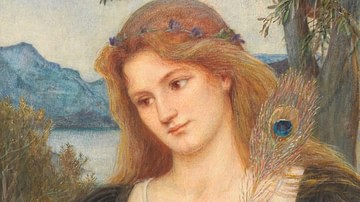
Image
Hera by Marie Spartali Stillman
Hera, watercolor, gouache, and possibly waterglass (sodium silicate) on paper stretched on wood panel by Marie Spartali Stillman, c. 1889.
Historic New England, Boston.